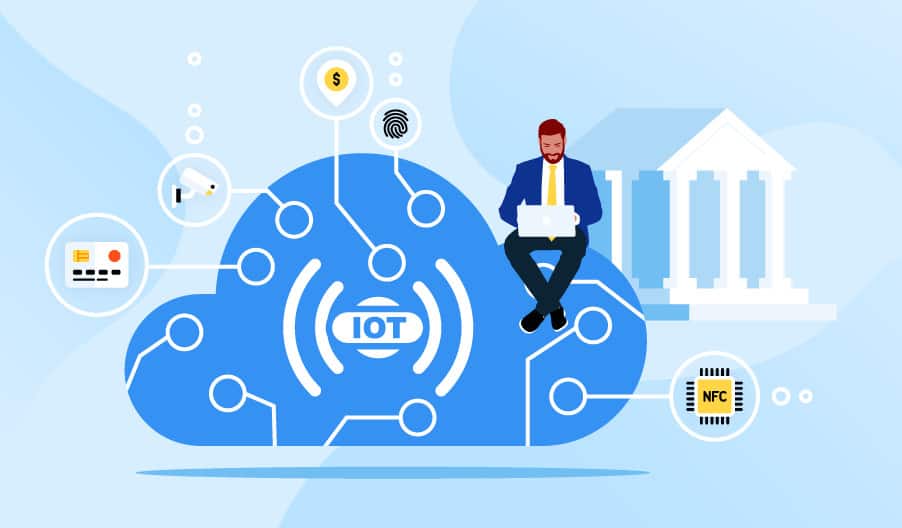In today’s world, the auto insurance sector is using the Internet of Things (IoT) extensively. The Internet of Things (IoT) describes the network of physical objects—“things”—embedded with sensors, software, and other technologies to connect and exchange data with other devices and systems over the internet.
Among other uses, it enables, for instance, an embedded vehicle system (data logger and transmitter) to send gathered data to an insurance company’s AI program for evaluation of vehicle distances travelled, driving patterns and behaviors, etc. In essence, it enables the insurer to receive real-time data each time you start your car. Let us explore the benefits of IoT in the car insurance industry.
Benefits of IoT in The Car Insurance Industry
Increase Effectiveness
The consumer has now directly involved in the claims process thanks to the option that allows claimants to take the first photos or videos of an accident and send them straight to a carrier. These images could offer a company a ton of information for a specific claim without searching through the paperwork. Even more time and labor can be saved if the total loss can be assessed without towing the vehicle to a shop.
More Customization
IoT technology gives insurers access to more precise personal data, allowing them to offer more specialized goods and services and stand out from the competition.
It could manifest as digital tools that facilitate policy access and modification based on customers. Or consider a situation where a client has a negative claims experience. The carrier contacts the customer ahead of time, acknowledges the bad experience and provides a perk for renewing early rather than waiting to see if that client renews at the close of the policy’s term.
More Reliable Risk Evaluation
Using data from connected devices allows for more accurate risk assessment. Today, onboard diagnostics (OBD) telematics and machine learning are used by insurance companies to make driver observations. With this information, car insurance providers are enabling customers to access rates that are more flexible and based on a variety of contemporary factors, as opposed to just conventional ones like residence and vehicle type. You can also avail the best car insurance for your vehicle from https://www.iselect.com.au/car-insurance/comprehensive-insurance/
Minimize Risks
There is no denying that the use of smartphones has significantly increased distracted driving. An estimated 60% of all drivers have admitted to using their phones while operating a vehicle. However, risk can be reduced by monitoring driving behaviour through sensor feedback to mobile devices. Encouraging drivers to avoid the roads during times of high risk also directly reduces claims.
Reduced Premiums
As telematics and in-vehicle sensors become more common, insurers are offering usage-based insurance (UBI) with lower premiums. Telematics may be a crucial element in achieving higher customer satisfaction for consumers looking for better pricing. The number of connected cars has skyrocketed in recent years, all thanks to the Internet of Things. Concerning the data produced by today’s modern vehicles, the entire automotive industry, from OEMs to auto insurers, has observed a growing opportunity.
Final Words
Both you and the insurance company can benefit from the Internet of Things. Make the most of this technology. Get customized rates for you based on your driving style. Reduce your insurance costs by driving cautiously and safely. If the worst happens and you are involved in an accident, the monitoring device may help you avoid wasting time arguing with the occupants of the other car about who was at fault and who should foot the bill for the damage and medical expenses.
Within the next few years, using the IoT for all automotive policies and claims will become the new standard method of doing business.
